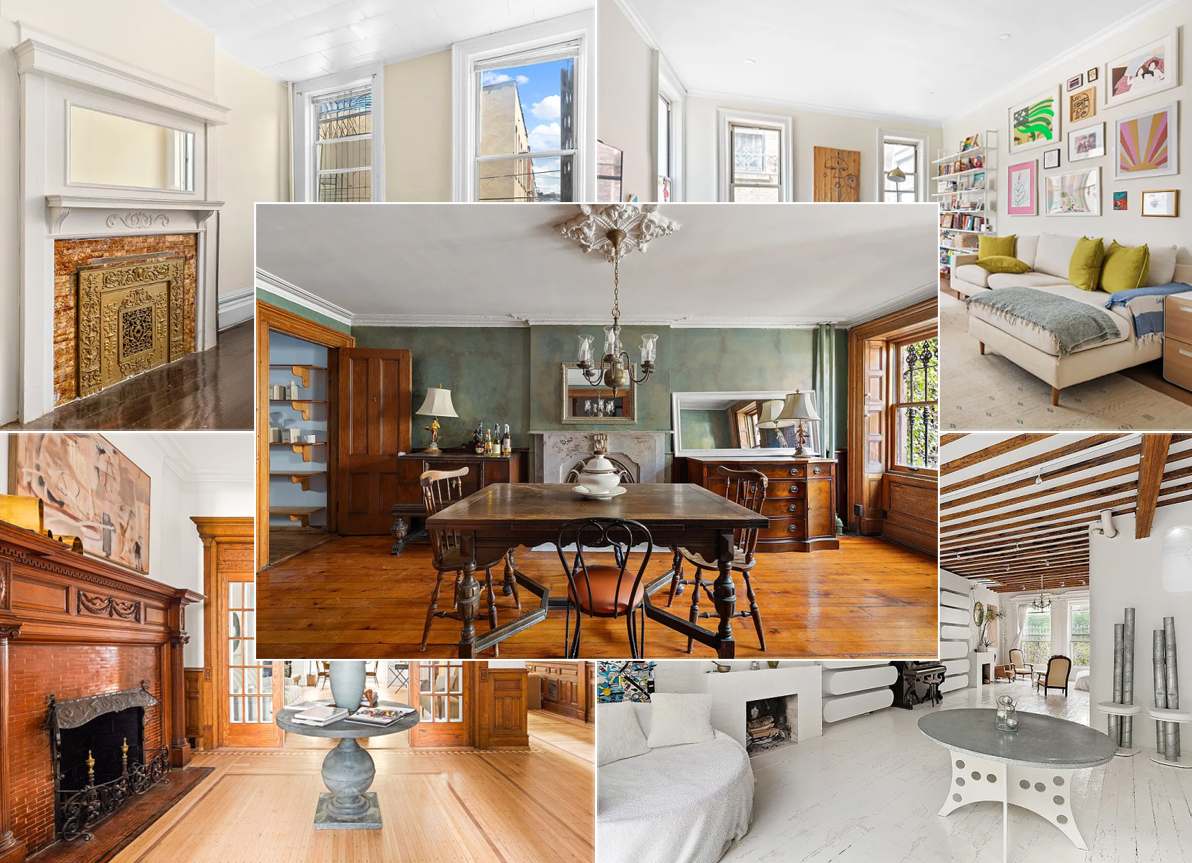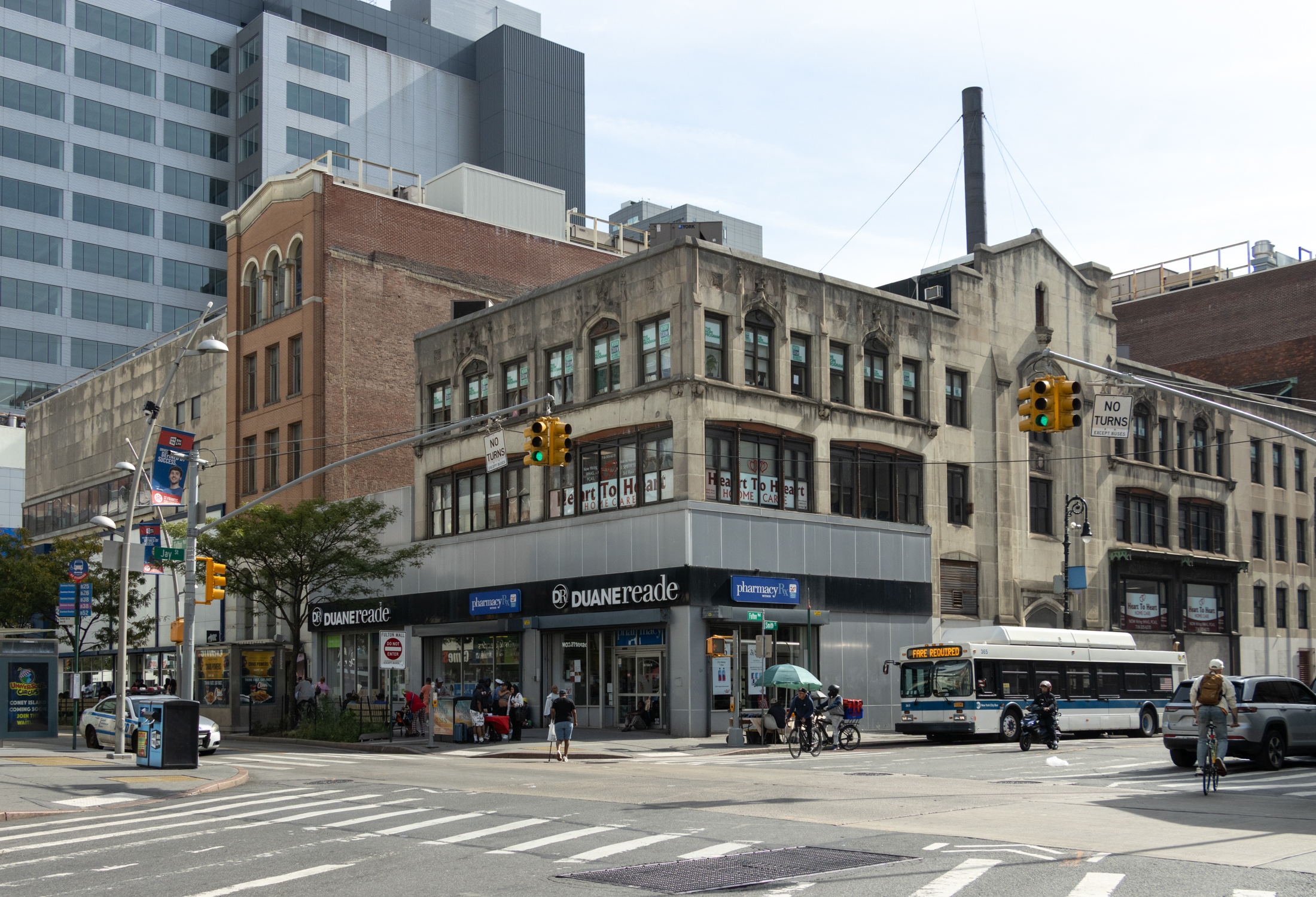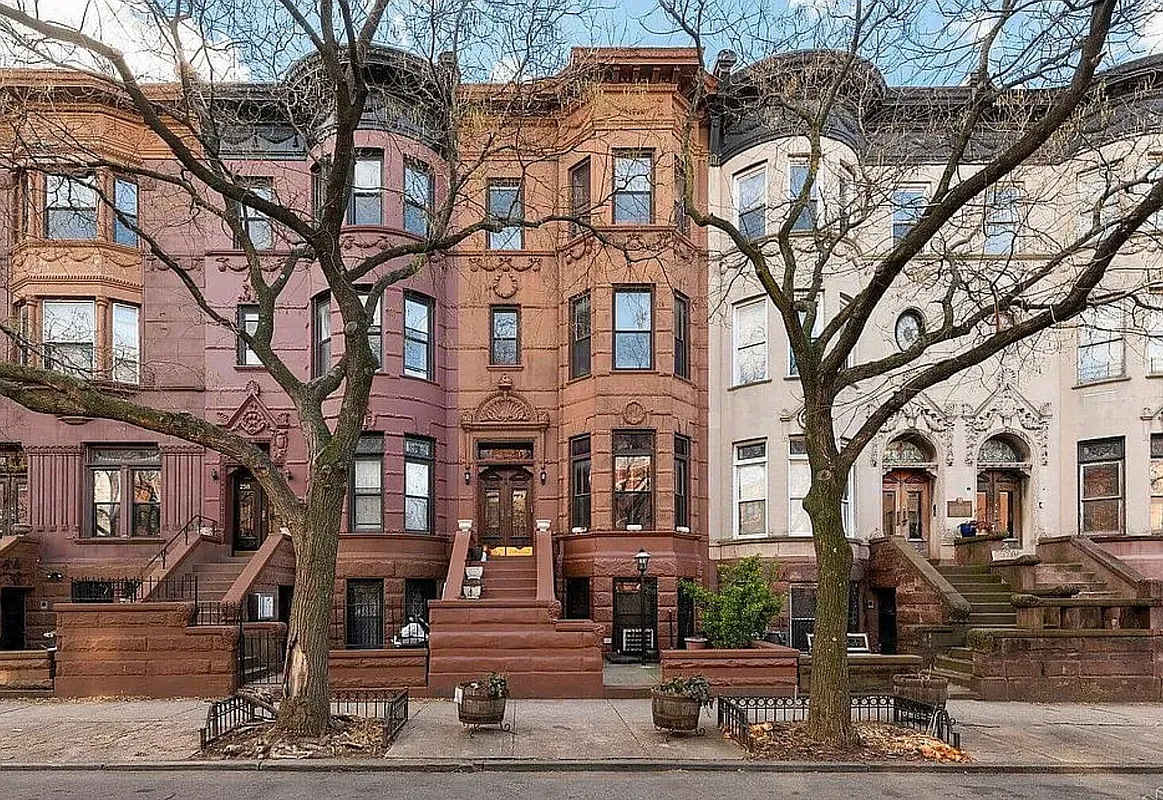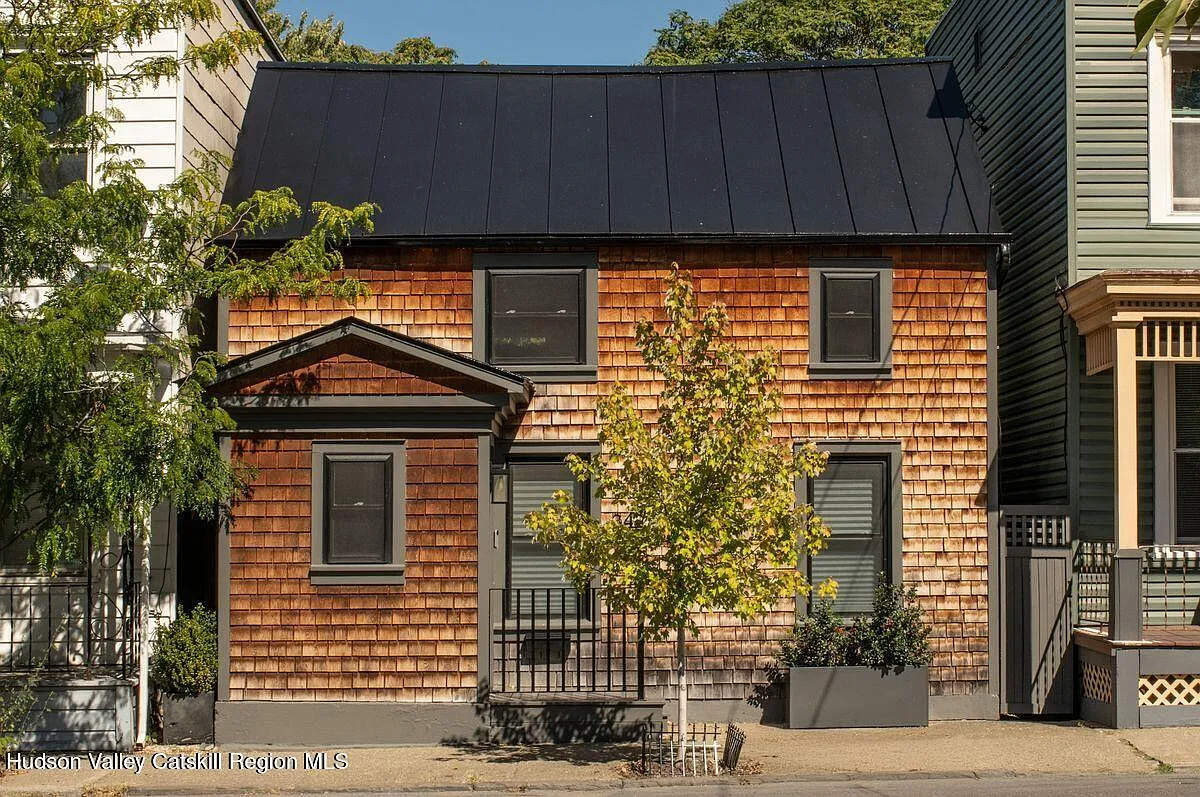Building of the Day: 668-704 Park Place
Brooklyn, one building at a time. Name: Row houses Address: 668-704 Park Place Cross Streets: Bedford and Franklin Avenues Neighborhood: Crow Hill (Crown Heights North) Year Built: 1902 Architectural Style: Renaissance Revival Architect: Axel Hedman Other Work by Architect: Similar row houses across Brooklyn, especially Prospect Lefferts Gardens, Crown Heights North and South, Prospect Heights,…

Brooklyn, one building at a time.
Name: Row houses
Address: 668-704 Park Place
Cross Streets: Bedford and Franklin Avenues
Neighborhood: Crow Hill (Crown Heights North)
Year Built: 1902
Architectural Style: Renaissance Revival
Architect: Axel Hedman
Other Work by Architect: Similar row houses across Brooklyn, especially Prospect Lefferts Gardens, Crown Heights North and South, Prospect Heights, Park Slope, Bedford Stuyvesant, Stuyvesant Heights
Landmarked: No, but part of a potential Crow Hill HD
The story: In 1902, E.H. Bishop & Sons commissioned Axel Hedman to design a row of 19 two-family row houses here in the western part of Crown Heights North, now called Crow Hill. For those who follow these things, this was not extraordinary news. Eli Bishop had been using Axel Hedman for a lot of his projects, so much so that Hedman’s signature Renaissance Revival one and two family limestone fronted houses were part of the Bishop “brand.” E.H. Bishop & Sons were one of Brooklyn’s largest and most successful developer-builders, with projects all throughout brownstone Brooklyn.
An ad in a 1910 issue of the Brooklyn Eagle, touting his Hedman houses in Lefferts Manor, says it all: “If houses were stamped with Hall Marks, or labeled as other commodities are, the imprint BISHOP on a house would be the purchaser’s guarantee of the honesty of its construction, the cleverness of its design, and the excellence of its every detail.” These Park Place houses were built for about $10,000 each.
As per usual, with Hedman’s row houses, he drew on a vast catalogue of ornamental ideas and details, and even though his houses seem to be everywhere, as he was shamelessly copied by others, his usually have that little extra, especially in his use of rooflines and ornamentation, that are just delightful. Here, in a 19-house group, he divided the houses into smaller groups of three or four, making them all a bit different. There is one house in the group that was stripped of its cornice, original front door and all of its trim. Poor house looks naked, especially with the cornice gone. It’s the one with the red painted stoop, as shown below.
The developer, Eli Bishop, is a fascinating character. He was born in England, and came to the U.S. in 1848 when he was 21. He landed here penniless, got a job on a construction site, and never looked back. By the mid-1890s he was starting his construction and development business by building houses and other buildings in Stuyvesant Heights. From there, he moved on to other parts of Bedford, as well as Crown Heights, Prospect Heights, Park Slope and, by the ‘teens, was successfully building in Prospect Lefferts Gardens and Crown Heights South. He must be responsible for building at least one hundred houses or more, and those are only the ones we know about, by virtue of historic districts and other research.
All of that would be impressive enough, but he and his sons also had business stakes elsewhere, which would eventually supersede the building business and be their main source of income. In 1905, Eli Bishop and Sons went into the automobile business, establishing what became one of New York City’s most successful car dealerships, a business that continued long after Eli’s death. He also founded a successful auto insurance company that also bears his name. That part of the Bishop family business will be an upcoming Walkabout piece later this spring.
In February of 1933, Eli Bishop died after a long illness. He was 85. His funeral was at the Lewis Avenue Congregational Church in Stuyvesant Heights, a church that his company had built, and where he was an active member and sat on the board of trustees. He was survived by his wife Fanny, his sons, Burton and Clifford, and five grandchildren. Not bad for an English lad who had only a farthing coin in his pocket when he landed in Brooklyn. GMAP
(Photo: Google Maps, 2011)








What's Your Take? Leave a Comment